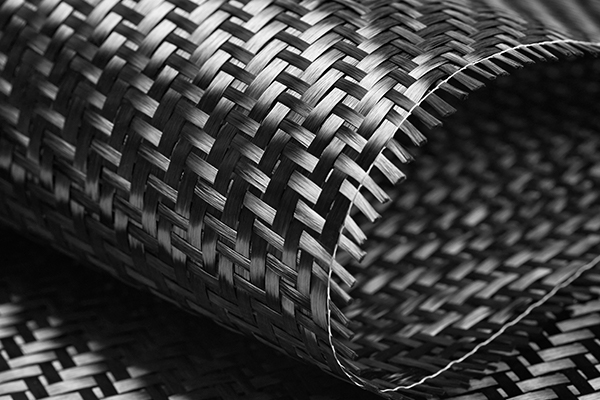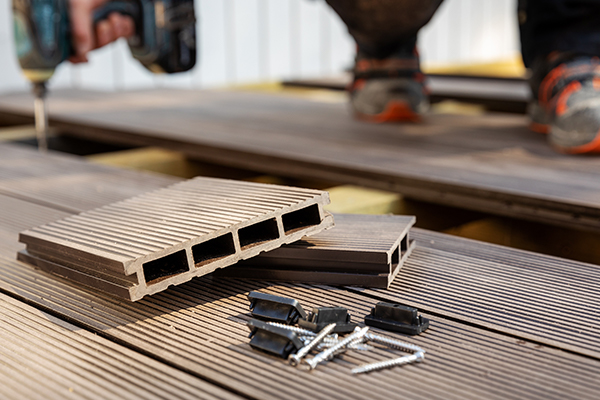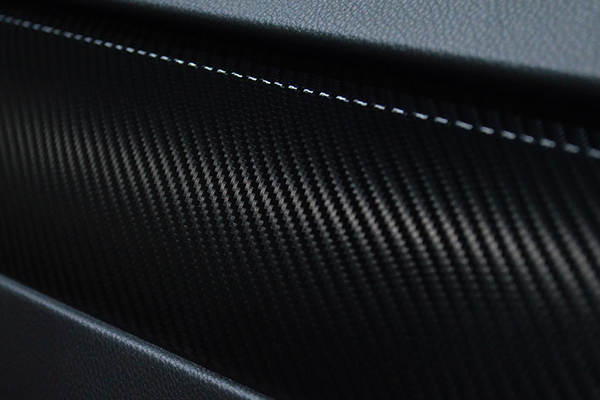
Don’t get left behind in your industry by denying the superiority of composite materials over traditional materials. Knowing why and how composite materials outperform their traditional counterparts will help you make better engineering and design decisions.
iccm20.org gathered information about how composite materials compare to traditional ones and why they will continue being preferred across multiple industries.
Why Use Composite Materials?
Composite materials bring together the best qualities that traditional materials can only singularly offer. More often than not, the two components making up a composite include a high-performance fiber reinforcement (carbon or glass) and a matrix (like epoxy polymer). The matrix binds the reinforcement together, merging the benefits of both original materials.
Design processes and end products across multiple industries are being vastly improved by composites. These improvements can be found in everything from aerospace to renewable energy. With the passage of time, composite materials continue to replace traditional materials everywhere, like steel and aluminum.
As composite manufacturing costs lower and design flexibility increases, reinforced composites like carbon fiber and fiberglass permit new design opportunities for engineers across multiple disciplines. The following are 5 reasons you can expect composite materials to be increasingly chosen over traditional materials across multiple disciplines and industries.
1. Composites exceed expectations in durability
Regardless of their environment, composites do not rust. However, they are prone to corrosion when bound to metal components.
- Composites have significantly less fracture toughness than metals but significantly more than most polymers
- High dimensional stability allows composites to maintain their shape in hot, cold, wet, or dry conditions
These attributes make them an increasingly popular material for outdoor components and structures like roofing material, wind turbine blades, and general construction material. Engineers consistently choose composite over traditional in an effort to reduce maintenance costs, provide long-term stability, and instill significant benefits in structures designed to last decades.
2. Composites Display High Strength-to-Weight Ratios

One of the most significant advantages of composites is their high strength-to-weight ratio. Carbon fiber weighs about incredibly less than its steel and aluminum counterparts and is much stronger and more rigid than either of them by weight. Auto engineers across the industry are finding ways to utilize composites to significantly lower vehicle weight (sometimes as much as 60%) while improving the vehicle’s crash safety – multilayer composite laminates absorb and efficiently distribute more energy than traditional (antiquated) single-layer steel. Taking advantage of the toughness, resilience, and power of composite materials benefits both manufacturers and their consumers.
3. Better Sustainability
Carbon-fiber composites are frequently chosen as alternatives to replace conventional metals used in the manufacturing of everything like auto parts, camping gear, aviation components, golf clubs, and much more. The downside to this is once they are damaged, or they break, they are virtually impossible to fix or even recycle.
New advancements could eventually overcome that fallacy. New materials as light and as strong as conventional carbon-fiber composites have been developed and are easier to repair if they are damaged or if they crack.
This material is part of a new category called carbon-fiber-reinforced vitrimers (vCFRP). Other carbon-fiber composites fall into two primary groups:
- One group contains epoxy, providing the material with a permanent hardness
- The second group includes a softer glue allowing the material to be broken down and reworked
Note: Those composites utilizing a softer glue component present significantly reduced strength and rigidity. Better sustainability is found in vCFRPs allowing linking, unlinking, and relinking without such detrimental compromises.
4. Composites Permit New Design Options

Composites allow new and more elaborate design options that would be hard (if not impossible) to achieve with traditional building/construction materials. Composites permit part consolidation – a single composite part can replace a full assembly of parts. The surface texture can then be altered to imitate any style or textured finish.
Note: The vast majority of recreational boat hulls are constructed from composite materials. This is due in part to fiberglass having the capacity to be easily molded into multiple boat shapes. These benefits reduce production time and keep maintenance costs low over time.
5. Today’s Composites Are Easier to Manufacture
Not long ago, engineers were obliged to use a complex process to fabricate composites. These processes were lengthy and severely restricted both design and creativity. Digital Composite Manufacturing (DCM) has changed all of this. DCM is a patented manufacturing process fabricating composite parts without the need for manual labor. With DCM, composites can be tailored three-dimensionally, locally, or globally, creating the appropriate strength, density, and flexibility for the selected project. DCM is permitting engineers to design for the extreme flexibility of 3D printing, combined with the high performance of composites.
Composite Materials
In this article, you discovered how composite materials compare to traditional ones and why they are preferred across multiple industries for their superiority.
Opting for the use of composite materials is just smart business. They last longer, are more flexible, and resist natural decay/erosion, which traditional materials are highly susceptible to.
Avoiding the use or implementation of composite materials will severely impact and leave your end product weaker and less durable than its composite counterparts.
Sources:
fcmf.utk.edu/future-advanced-plastics-composites/
research.gatech.edu/manufacturing/composites
designingbuildings.co.uk/wiki/Composites
spartan.edu/news/use-of-composite-materials-in-aviation/
